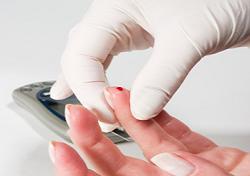What is Normal Glucose Level?
Understanding what is normal glucose level will give you a target to aim for when you are checking your blood sugar levels. Depending on if you live in Canada or the United States, the Diabetes Associations in each country reports the blood sugar numbers slightly different because of the differences in imperial and metric measurement systems. American and Canadian Diabetes Associations Normal Glucose Levels Chart Association Fasting Glucose 2 Hours After Eating A1C** American Diabetes Association (mg/dl) < 100 < 140 < 6% Canadian Diabetes Association (mmol/L) < 6.1 < 7.8 < 6% **A1C is the…

